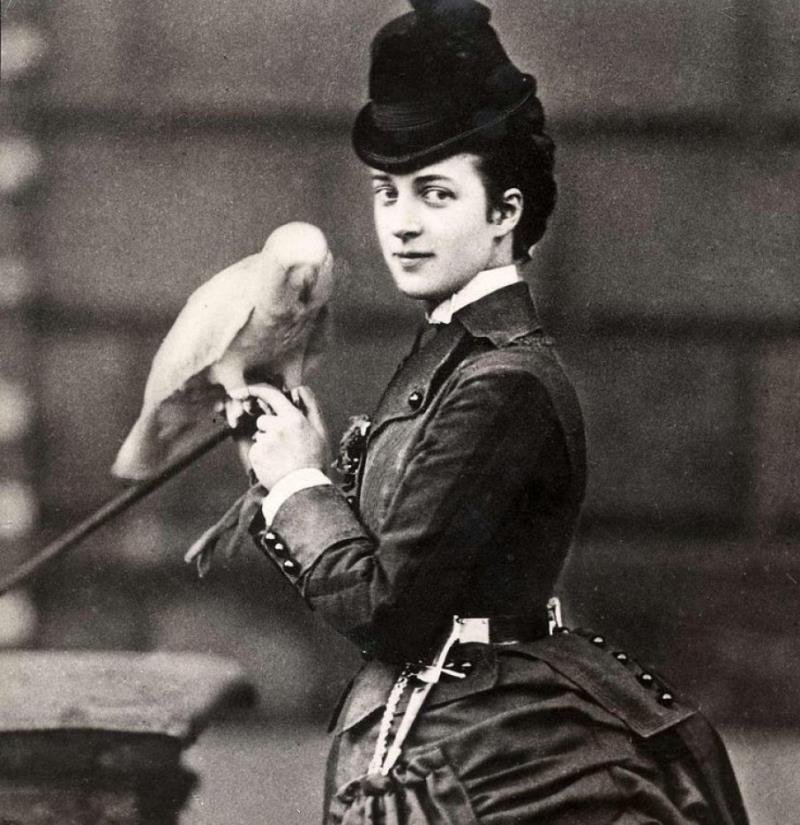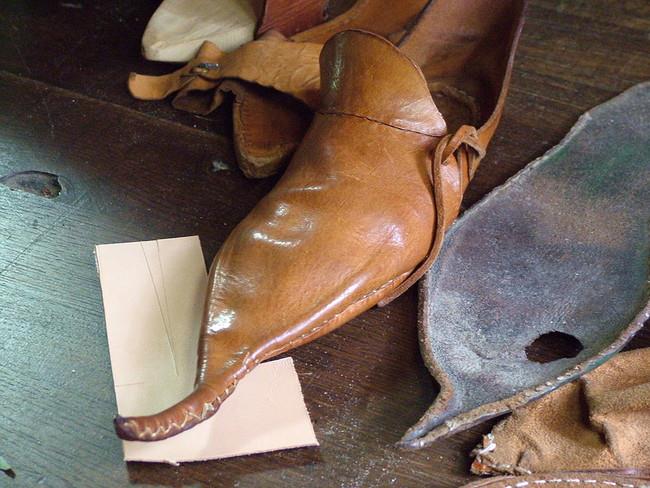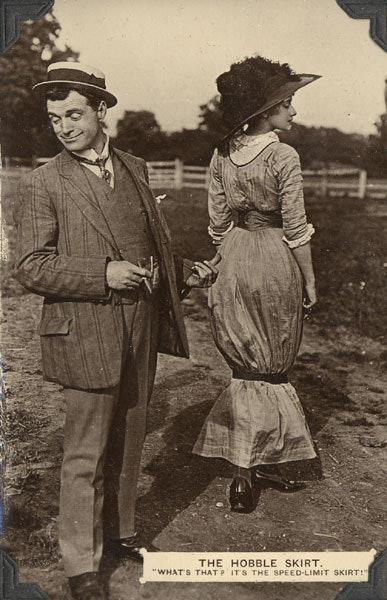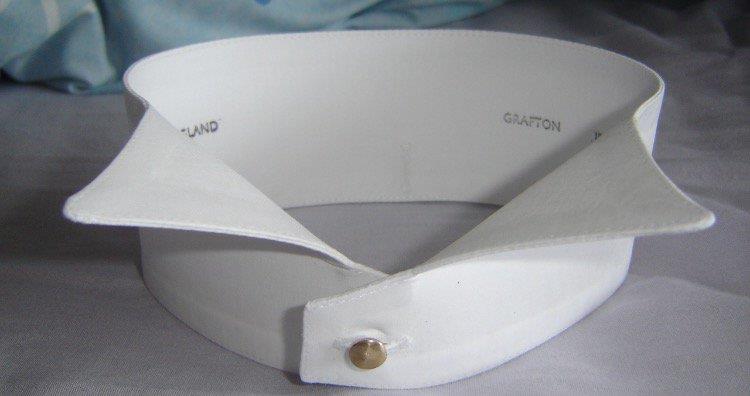Fashion has always been the imagination of what would look good on a person. It has changed since the days of Adam and Eve, who supposedly wore leaves, to prehistoric humans, who wore animal skin, to the invention of woven cloth. How a person carries themselves has changed with time and each era has had some bizarre fashion trend that was the rage of its time.
21st century, in which we live, has already seen many bizarre fashion trends all ready to document, but the fashion trends of 400-500 years back are truly mesmerizing as we today think that how people wore such stuff.
Keeping that in mind, we today take a longing look back into 15 of the truly bizarre fashion trends from history.
1The 1800s trend of the Alexandra Limp
Advertisement
Princess Alexandra, the princess of Wales was a well-respected authority on fashion in the 1800s. She is also the originator of the bizarre fashion trend of ‘Alexandra Limp’ which became a rage in London in 1860s.
Alexandra of Denmark, the bride of the Prince of Wales was a fashion icon of her time and everything from her clothes, her jewelry, and necklaces reigned supreme in the fashion world in the latter half of the 1800s. In 1867, Alexandra gave birth to her third child and suffered from the rheumatic fever which almost caused her to die. Her left leg became stiff from fever and she had to limp from then on while walking.
People thought that it was a fashion statement and ladies started copying the limp, often by wearing mismatched footwear, with one shoe having a higher heel than the other.

Image Source: hswstatic.com
2Long-toed shoes are known as Crakows
Advertisement
Originating in Krakow, Poland, the long-toed shoes came to be known as Crakows and became a rage in 12th century Europe. They lost some of their sheens in the 13th century, only to make a big comeback in the 14th century when Richard II married Anne of Bohemia in 1382.
The length of the long toes was directly proportional to the social status of the person wearing it. Charles V of France was the first one to ban the shoes in 1368. Edward IV banned shoes with a specific length of anything more than two inches in 1463. In 1465, England banned them as well.

Image Source: galaxant.com
319th century dresses made of arsenic to die for
Advertisement
The 19th century Victorian Era had fashion that could literally kill you. During those times, there was a trend of wearing emerald green colored dresses. However, that shade of green could only be achieved by using the poisonous Arsenic to dye the dresses.
However, it was a time when Arsenic was thought to have medical properties and consumed in large quantities. Apart from being used in dresses, it was also used in floral headdresses. The British Medical Journal called the women who wore the green dresses “killing femmes fatales.” Women wearing these dresses for a long time suffered from severe ulcers on the skin, but the biggest casualties of this trend were the makers of these dresses.

Image Source: ranker.com
4The ‘Hobble Skirt’ that made the wearer hobble
Advertisement
Hobble Skirt got their name because the lower part of the skirt was so tight, that the ladies wearing the skirt had a hard time walking freely in it. This trend can be partly blamed on Mrs. Edith Berg, who is the first woman to fly a plane. She did so with the Wright Brothers and had to tie her skirt around the ankle so that it wouldn’t fly off.

Image Source: bustle.com
519th century's stiff, starched, detachable collars
Advertisement
Starched, rigid, and separable collars can be seen as the most common fashion accessory of the Victorian era. These collars were so tight, that they could possibly choke their wearers. On September of1888, John Cruetzi died due to the stiff collar crushing his windpipe as he slept and stopping blood flow.

Image Source: www.unbelievable-facts.com